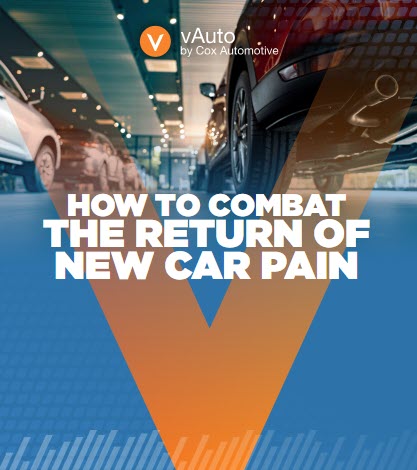Part One: A Troubling Tradition-Minded Trend To Avoid
In the past few weeks, I’ve noticed a troubling trend in dealers’ used vehicle inventories.
The inventory turn rates at these dealers is slowing down. Last year, the dealers consistently maintained an annualized turn rate of 12 times or better. Today, I’m seeing the same dealers post turn rates closer to 10 or even less.
Time and again, after I ask the dealers about their slower sales pace, I get essentially the same answer: “Yeah, I know. We’re trying to get more gross on these cars.”
I’ll dig a little deeper to see what methods the dealers are using to get more gross.
Time and again, they’re taking the same play from the traditional used vehicle retailing playbook. They are raising asking prices, and making price adjustments less frequently, with the hope of gaining better front-end grosses.
These findings lead to two important points:
- Hope is not a strategy in today’s used vehicle market. The market’s too efficient and transparent. Customers know if your prices seem too high compared to everyone else. Some might investigate further. Maybe they’re missing something. Maybe there’s a good reason you’re asking more for essentially the same vehicle as the dealer across town. Inevitably, these customers will all end up in the same place. They’ll be interested in your vehicles unless and until your pricing makes more sense to them, compared to what they see in the market.
- Slower-turning inventory brings future trouble. Dealers sometimes justify the decision to allow a slower inventory turn rate by noting that their retail sales volumes haven’t suffered, and they may even be making slightly better grosses. But I’ll counter by showing how the slower turn is causing a harmful undertow. It often pulls a higher percentage of vehicles past 30 days of age, and sets up a higher likelihood of retail or wholesale losses in the not-too-distant future. In my experience, these losses often erase any front-end gross gains that may have come allowing your inventory turn to slow down.
Ultimately, I tell dealers that while the instinct to raise prices to improve your front-end gross profit may have worked in the past, it’s out of step with today’s more efficient and transparent market.
In my next post, I’ll dig into ways dealers can mitigate margin compression beyond pricing that won’t compromise the need for the inventory turn speed today’s market requires.
And for dealers who are contemplating additional price increases to get more gross, I’d submit that it’s a little like driving a vehicle with one foot on the accelerator, and the other on the brake.
The post Part One: A Troubling Tradition-Minded Trend To Avoid appeared first on Dale Pollak.








